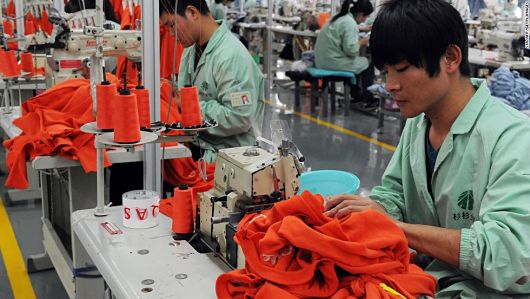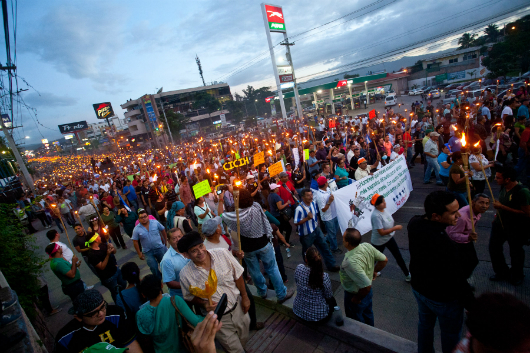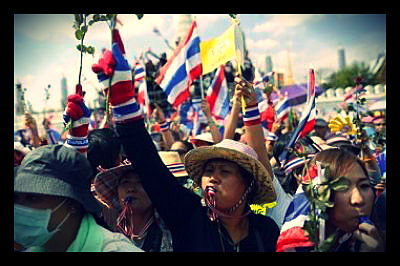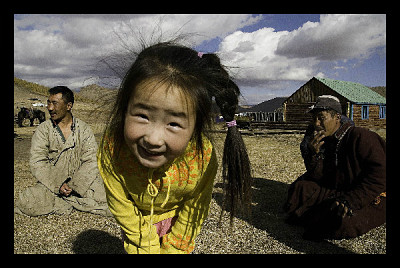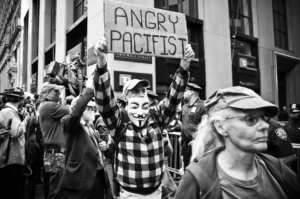
Social activism is a purposeful action with the mission of bringing about lasting social change. Anyone with a cause that they feel passionate about can become a social activist if they work to create effective and positive change. Social activism generally refers to working to right the wrongs of unjust practices affecting humans, such as the Rohingya genocide in Myanmar or the separation of families at the United States and Mexico border by immigration officers. However, activists can work to create change with any cause, including environmental activism and animal activism. These 10 facts about social activism will provide information on the evolution of activism, as well as careers relating to social activism.
10 Facts About Social Activism
- The social services industry works to address the direct needs of individuals, while social activism deals with uncovering the root cause of a negative issue impacting a group of people. A social activist may use various techniques to bring light to an issue, either through advocacy campaigns to raise public awareness on an issue, or by coordinating help to aid an affected population. Social activism deals more heavily with bringing light and change to societal issues.
- Social activism has changed drastically with the rise of social media. For example, the civil rights movement had mostly peaceful demonstrations and protests and is still one of the most successful social activism campaigns. Nowadays, social media has become a key player in social activism. Hashtags such as #BlackLivesMatter and #MeToo have taken over the role of advocacy and are very successful in bringing light to social justice issues by providing accessible information across the world.
- A survey that the Pew Research Center carried out found that 69 percent of Americans believe that online platforms are essential for successful social activism campaigns. Americans believe that online platforms accomplish various political goals such as getting the attention of legislators and creating sustained movements for social change. There is a debate over slacktivism versus social media activism. Slacktivism is the belief that social media leads to passive activism.
- The same survey found that certain demographics of social media users – most notably African and Latino Americans – see these platforms as an essential tool for their own political expression and activism. Around half of all African American social media users state that these platforms are at least somewhat important for them to express their political views. Many minorities feel that social media allows them to be more active in speaking up for their own rights. Those views fall to about one-third of all white social media users.
- Organizations, corporations and government agencies are frequent targets for social activists aiming to influence society by altering established practices and policies. Activists may use techniques such as naming and shaming to bring about social change. Naming and shaming is when a group or organization calls out another group for unethical practices. An example of this is when the United States placed sanctions on South Africa for apartheid. The sanctions shamed South Africa and brought this issue to the attention of the international community.
- One can place activists into two categories depending on their relationship to an organization. Insider activists are employees of a targeted organization. They have certain benefits and challenges compared to outsider activists who are members of independent social activism movements. Insider activists are also called whistleblowers and they expose unethical practices happening within the organization they are a part of.
- Activists may use boycotts and protests to target businesses and get them to change their practices or behaviors. Boycotts are successful in targeting businesses as they cut them off from economical transactions and limit their profits. Businesses will often adhere to the demands of customers if the boycott is large enough to severely impact them. Therefore, boycotts are an effective way of getting businesses to change their business models to something more ethical that pleases their consumer base.
- Millennials are often socially active consumers as they consider the ethics of their products before purchasing. The shoe brand Toms promises to donate a pair of shoes to a child in need for every pair purchased. Paper straws have also become a popular environmental alternative to the traditional plastic straw. The clothing brand Reformation claims to be the most sustainable option in clothing second to being nude. Millennial consumption habits have created a whole market for sustainable and ethical products.
- There are many careers that incorporate some elements of social activism, with careers in law and public policy creating change through human rights law, lobbying and public interest law. Careers in government and international relations can bring one into agencies such as the State Department or the Environmental Protective Agency (EPA), as well as international organizations like the United Nations. Community organizers empower and develop local community leadership to enable them to meet community needs, ranging from clean water to better education. Careers in nonprofit organizations, like Save the Children or CARE, both of which provide humanitarian assistance to developing countries, are also great paths to go down.
- There are certain skills that make individuals qualified for a career in social activism. Individuals must be able to work with a diverse array of people, have excellent communication skills and be able to speak persuasively. Strong writing and critical analysis skills are also helpful, in order to strategize and envision an improved society.
These 10 facts about social activism show the evolution of activism with the rise of modern technology and social media. The form and pace of social activism will continue evolving to keep up with changing technologies. Technology and social media have sped up the exchange of information and knowledge, which largely contributes to the basis of many worldwide social activism campaigns.
– Laura Phillips-Alvarez
Photo: Flickr

